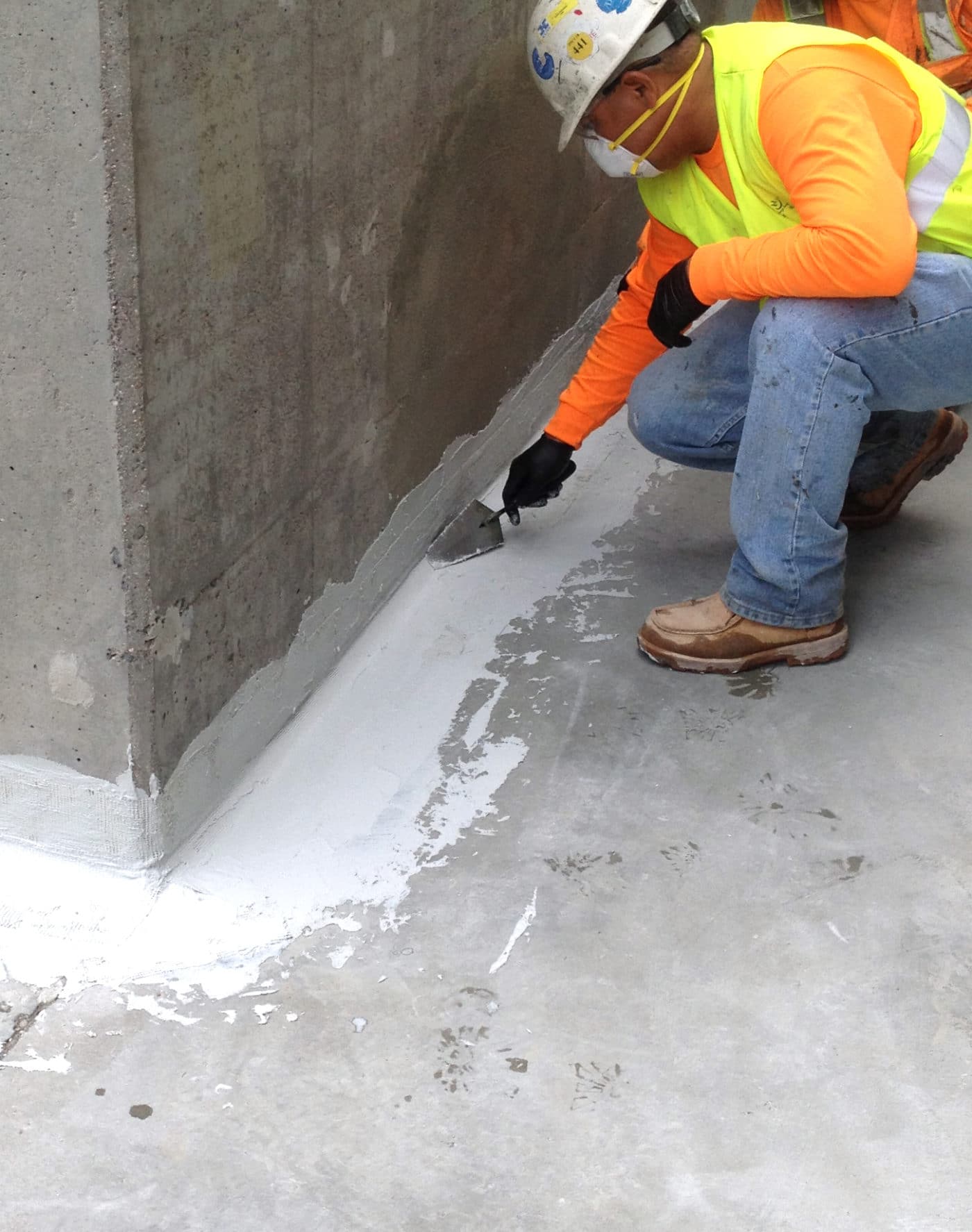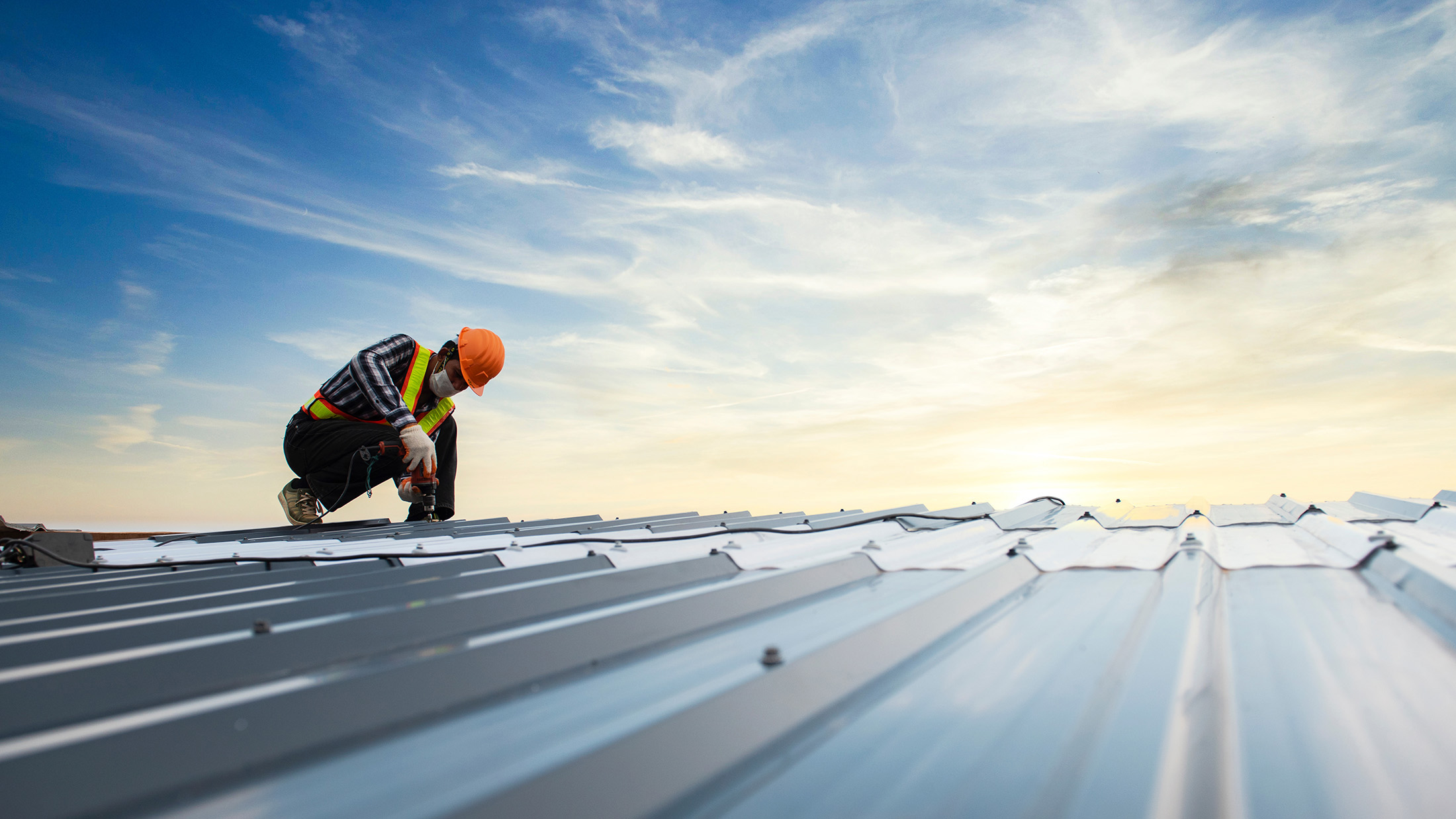Exactly How Waterproofing Works: An In-depth Take A Look At Techniques and Technologies
Waterproofing is necessary for securing frameworks from moisture-related damages. It includes various techniques and modern technologies that develop barriers against water intrusion. Traditional approaches, such as compressed clay, exist together with modern technologies like liquid-applied membrane layers. Comprehending the nuances of these strategies is crucial for efficient application. However, the performance of any type of waterproofing service pivots not only on the strategies utilized but additionally on continuous maintenance and inspection. What are the key factors that affect long-term efficiency?
Recognizing the Fundamentals of Waterproofing
Waterproofing is an important procedure that protects structures from water breach, which can result in considerable damages in time. This approach involves the application of different products and techniques developed to develop an obstacle against wetness. The primary goal is to avoid water from penetrating surface areas, which can create damage, mold development, and architectural instability.Various factors influence the option of waterproofing method, including the sort of framework, its area, and ecological conditions. Comprehending the physics of water movement and the residential properties of various materials is vital in picking a reliable waterproofing solution.Effective waterproofing not only safeguards buildings but additionally enhances their durability and honesty. Normally, it is incorporated right into the layout stage of construction to guarantee extensive security. As understanding of water-related problems grows, the significance of comprehending waterproofing basics becomes significantly clear to engineers, home builders, and residential or commercial property owners alike.
Traditional Waterproofing Methods
Traditional waterproofing techniques have actually been used for centuries, depending on time-tested strategies and products to protect structures from water damages. Among the oldest methods involves the use of clay, which, when compressed, creates an all-natural obstacle versus wetness. Additionally, asphalt, a sticky, black material originated from oil, has been employed for its waterproof residential or commercial properties, often related to roof coverings and foundations.Another method involves the application of lime-based plasters, which give a breathable layer that enables moisture to get away while stopping water access. Thatch roofing, a typical technique still seen in some societies, uses excellent waterproofing due to its firmly loaded straw layers.Moreover, using rock and brick has projected, as these materials are naturally resistant to water when properly mounted. In general, traditional waterproofing techniques emphasize the relevance of picking proper products and construction methods to boost durability against water breach.
Modern Waterproofing Technologies
Innovations in contemporary waterproofing modern technologies have reinvented the means structures are safeguarded from water damages. Innovative techniques such as liquid-applied membrane layers and advanced sealants have actually boosted the effectiveness and flexibility of waterproofing options. These technologies enable smooth application, reducing the danger of leakages and guaranteeing thorough coverage over complex surfaces.Moreover, the integration of smart innovations, such as wetness sensing units and automated tracking systems, allows real-time analysis of waterproofing efficiency. This positive method assists in timely maintenance and reduces long-term repair costs.Additionally, advancements in spray-applied finishings provide quick application and outstanding bond, adapting to different substrates while giving durable security. Methods like polymer-modified systems better improve adaptability and durability, making them appropriate for diverse settings. On the whole, modern-day waterproofing technologies not just alleviate water intrusion yet likewise contribute to the longevity and sustainability of structures, noting a considerable shift in the sector.
Materials Used in Waterproofing
The performance of waterproofing services heavily counts on the materials made use of in their application. Different materials are used to create barriers versus water ingress, each with unique residential properties matched for different settings. Frequently used products consist of membranes, layers, and sealants.Liquid-applied membrane layers, often made from polyurethane or acrylic, develop a smooth barrier that adapts to intricate surfaces. Sheet membranes, usually built from rubber or polycarbonate, offer durability and are optimal for bigger areas. Furthermore, cementitious waterproofing materials, composed of cementitious compounds, supply excellent adhesion and flexibility.Sealants made from silicone or polyurethane are necessary for joints and joints, making certain extensive security. Moreover, advanced materials, such as geo-composite membranes, integrate several functions, enhancing performance. Generally, the option of waterproofing products is vital in accomplishing durable and efficient water resistance, tailored to certain job needs and ecological problems.
Typical Applications of Waterproofing
Waterproofing plays an important function in various industries, making sure the durability and stability of structures. Typical applications include domestic solutions that protect homes, business framework that safeguards businesses, and commercial setups that require durable defense against moisture. Recognizing these applications highlights the relevance of waterproofing in keeping both safety and functionality throughout various atmospheres.
Residential Waterproofing Solutions
Numerous property owners face challenges with dampness breach, making efficient domestic waterproofing solutions vital. Numerous techniques exist to address this concern, consisting of inside and exterior waterproofing systems. Interior solutions often entail the application of sealers and finishings to basement wall surfaces, which help protect against water seepage. Outside techniques typically consist of the setup of drainage systems and waterproof membrane layers that draw away water away from the foundation.Additionally, home owners may take into consideration sump pumps to get rid of water accumulation and dehumidifiers to regulate moisture levels. Appropriate grading and using rain gutters likewise play an important duty in taking care of water circulation around the home. By executing these methods, property owners can greatly decrease the threat of water damage and mold growth, making sure a completely dry and safe living atmosphere.

Business Framework Defense
Effective waterproofing remedies play an important role in the security of business infrastructure. Yard drainage Omaha. These techniques are vital for securing structures, car parking frameworks, and bridges from water damages, which can endanger structural integrity and cause costly repair work. Typical applications consist of the installment of membrane layers, coverings, and sealants that produce obstacles against moisture seepage. Areas such as basements, roofing systems, and exterior walls are usually prioritized to guarantee longevity and toughness. In addition, waterproofing systems can boost power performance by preventing water-related issues that might lead to mold growth and wear and tear. By executing robust waterproofing measures, building owners can safeguard their investments and maintain functional performance, inevitably adding to the general sustainability of commercial facilities
Industrial Applications Introduction
While different sectors encounter one-of-a-kind difficulties, the need for dependable waterproofing options remains a continuous in commercial applications. Industries such as manufacturing, building, and power usually experience settings where moisture direct exposure can jeopardize structural integrity and operational effectiveness. In making facilities, waterproofing is vital for shielding machinery and materials from water damage. In building, it safeguards structures and cellars versus groundwater seepage. The energy industry counts on waterproofing for the security of tools in hydroelectric plants and overseas frameworks. Additionally, food processing industries use waterproofing to ensure health and compliance with security requirements. Generally, reliable waterproofing solutions are important for enhancing longevity, safety, and productivity throughout numerous commercial setups.
Maintenance and Longevity of Waterproofing Solutions
Waterproofing solutions are designed to offer lasting defense against moisture breach, normal upkeep is necessary to ensure their efficiency and longevity. Regular assessments play a considerable function in identifying possible problems such as splits, peeling off, or signs of water damage. Addressing these troubles promptly can avoid additional deterioration and costly repairs.Additionally, cleansing the surface of waterproof locations assists get rid of dirt and particles that can endanger the stability of the waterproofing obstacle. It's additionally a good idea to reapply safety finishes or sealants as suggested by suppliers to maintain suitable efficiency. Environmental elements, such as UV direct exposure and severe climate condition, can influence the life-span of waterproofing products, making regular analysis important
Frequently Asked Concerns
Can Waterproofing Be Applied in Cold Weather?
The concern of using waterproofing in winter raises issues regarding attachment and healing. Many products may not carry out at their finest in reduced temperature levels, demanding mindful option and consideration of specific standards for reliable application.
How Lengthy Does Waterproofing Usually Last?
The duration of waterproofing efficiency varies based on materials and environmental factors. Generally, it can last from five to 10 years, but normal upkeep and examinations Landscape drainage Omaha are vital to guarantee peak performance and long life.
Is Do It Yourself Waterproofing Effective and Safe?
The performance and security of DIY waterproofing depend upon various elements, including material quality and application technique. While some people accomplish sufficient outcomes, others may encounter concerns that jeopardize long-lasting security and architectural stability.
What Are the Indications of Failing Waterproofing?
Signs of falling short waterproofing consist of visible water stains, peeling off paint, mold development, mildewy odors, and wetness in wall surfaces or ceilings - Sump pump installation & replacement Omaha. These indications suggest compromised barriers, necessitating timely inspection and possible remediation to protect against additional damage
Exactly how Do I Choose the Right Waterproofing Specialist?
